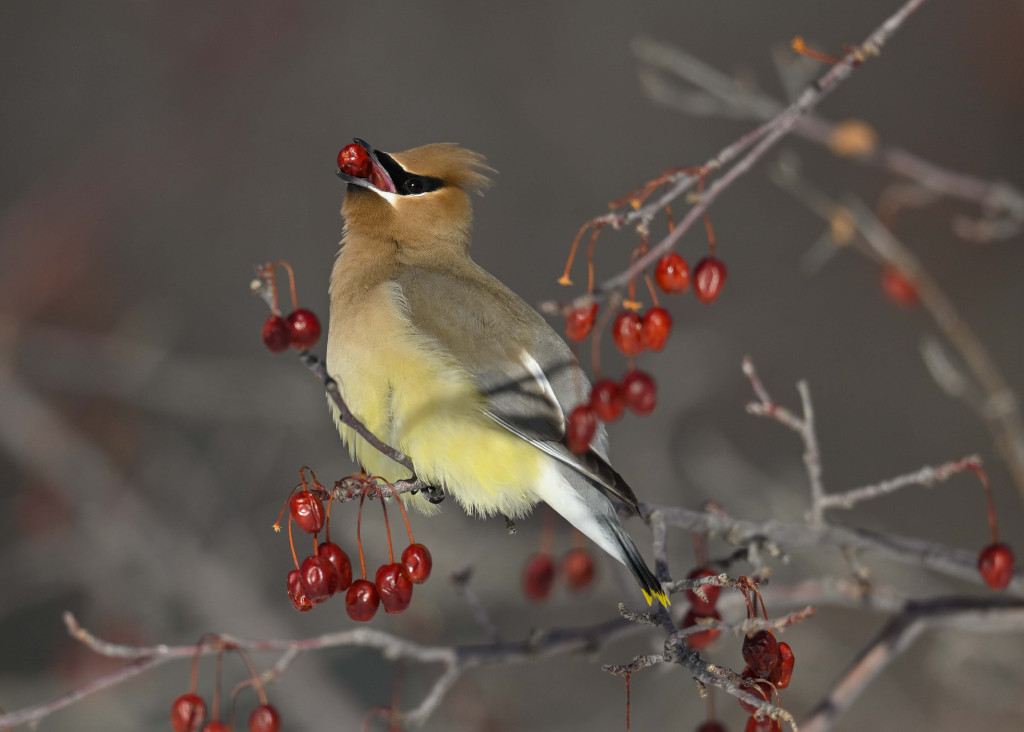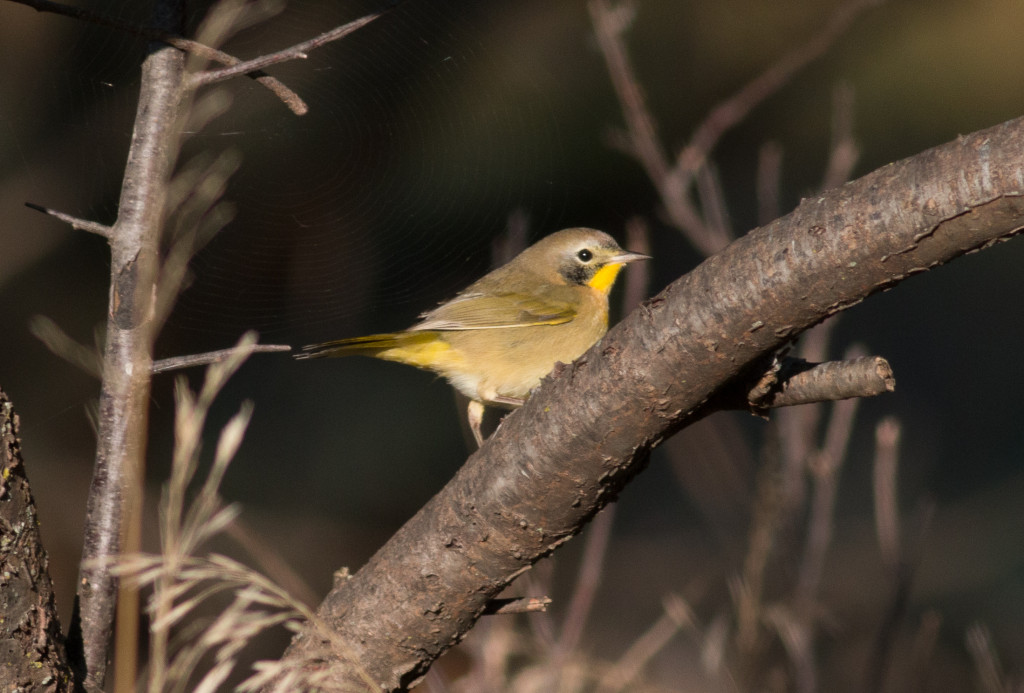
By Olivia DaRugna
Summer has come and gone, and with it disappears the familiar songs and breeding activity of birds. For many birds, the end of summer means fueling their bodies with caterpillars, bugs and berries for the journey south to wintering grounds. Several species have just started the gorging phase in September, while others have already taken flight, such as hummingbirds and curlews. Birders, too, need to prepare for the challenges that come with fall birding.
In the fall, there will be fewer birds singing and more young birds on the landscape with scruffy plumage, and some adults bearing a completely different appearance. Fall can provide birders new perspective on some familiar species and opportunities to hone their skills.
When to Look for Fall Birds
For many birders, timing and weather are critical. Days with north winds, winds blowing from north to south, are often good for migration, especially mornings with a little rain that would encourage birds to take shelter and seek out food until the weather clears. Clear nights can lend to subtle flight calls as the birds migrate overhead under the cover of darkness.
Where to Look for Birds
Before you venture out, think about the habitat at your birding location, namely what kind of plants and food it has to offer migrating birds. Areas that were hotspots for spring birding are not always great for fall birding. When it comes to viewing songbirds, visit areas with fruit trees or shrubs with berries. Many songbirds devour berries during their fall migration, which provides birds with the fat and antioxidants needed to help their bodies recover from long, exhausting flights. Early successional habitat with lots of native plants are great places to check for songbirds, too. Areas with a variable height structure of plants can attract a wide variety of species. Additionally, native plants attract more insects and caterpillars that even the smallest warblers prey upon.
Raptors
Open ridgelines in the west and along the Missouri River in the east are great places to view raptor migration. In western Nebraska, when winds are just right, you can catch raptors using the updraft from the rocky escarpments to lift them higher into the air with minimal energy expended.
Along the Missouri River in the east, raptors fly downriver to catch thermals. They circle up with the warm air currents, higher and higher, until it is time to glide out of the thermal to the next thermal just farther south. This use of thermals requires little effort from the large raptors. You can view this raptor migration from many locations along the river, including river overlooks at Ponca and Indian Cave state parks and at the Hitchcock Hawk Watch site just across the river in Iowa.
In central Nebraska, watch for kettles of Swainson’s hawks as several to more than a hundred individuals use thermals for their migration south, all the way to Argentina.
Songbirds
With far fewer birds singing or calling, finding migrant songbirds can be challenging. The smallest wooded patches can be filled with migrant songbirds that have decided to rest and refuel for the day. Using binoculars, look up to the wooded canopy for little birds flitting around. When you find a couple of birds, chances are there are more around as birds will often migrate in mixed-species flocks.
Without a song to help determine the species, you’d have to rely on a bird’s physical traits to identify it. This is a great time to practice looking for the different field marks on a bird. If you are unfamiliar with field markings, check out these helpful illustrations and descriptions by the Cornell Lab.

Does the bird have wingbars? What color are the legs, belly, chest and undertail coverts? Are there any distinct characteristics, such as an eye ring or eyeline? Note these characteristics and look to your trusty field guide to help ID the species. Remember, some birds look different from their spring plumage. They may be duller in color, look buffy and ragged as juveniles, or they may have completely different plumage, like that on the chestnut-sided warbler and the blackpoll warbler. Even the iconic American avocet’s head turn from the warm, peachy color in spring and summer to all white in fall and winter.
Fall is the perfect time to take your birding skills to the next level. Before you go, check the weather for the previous evening’s wind direction, think about the location you plan to go birding and grab your field guide. Most of all, enjoy your time with the birds, as this is just one stop in their long and arduous journeys south.
